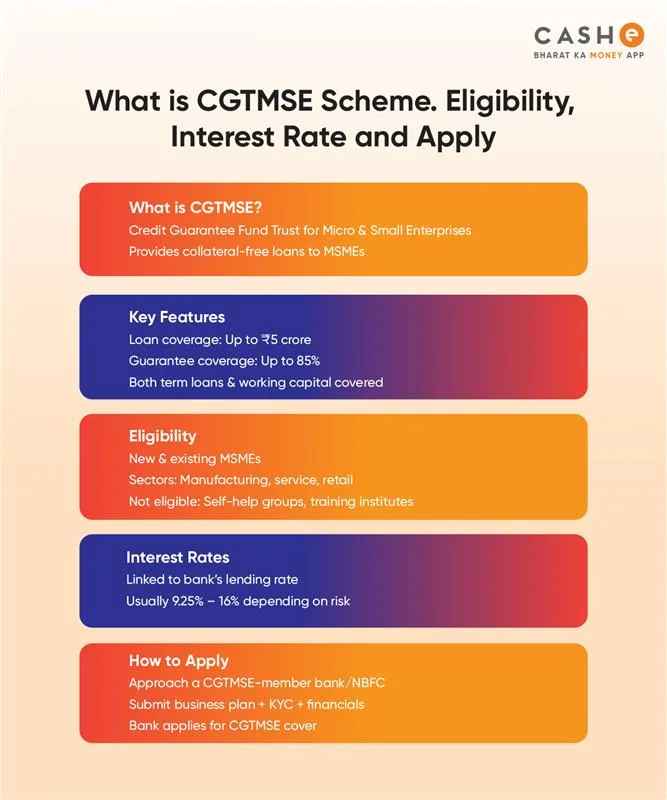Financial planning is a crucial step towards adulting and managing your finances well. All of us have divided our salaries into sections to encompass our expenses without putting a hole in our pockets, segregating it into categories like – monthly expenses, savings and loans/credit funds repayments.
When it comes to loans, understanding what your loan repayment capacity is and getting loans or credit cards as per those terms is what makes us financially smart and independent.
One such concept that helps financial institutions gauge your profile is the Debt to Income (DTI) Ratio, as it is a crucial financial metric that helps individuals assess their financial health and borrowing capacity. In this detailed guide, we will explore what debt to income ratio is, its types, how to calculate it, what constitutes a good DTI ratio, why it is important, and how you can improve your DTI ratio to achieve financial stability.
What is Debt-to-Income Ratio?
Debt to Income Ratio (DTI) is a financial ratio that compares an individual’s total monthly debt payments to their gross monthly income. It is expressed as a percentage and provides insight into how much of your income is being used to repay debts.
Types of Debt-to-Income Ratios
Front-End DTI:
Front-End DTI focuses solely on housing-related expenses, including mortgage or rent payments, property taxes, and homeowners insurance. It helps lenders assess your ability to manage housing costs.
Back-End DTI:
Back-End DTI considers all debts, including housing expenses, credit card payments, car loans, student loans, and any other outstanding debts. This ratio provides a comprehensive view of your overall debt obligations.

How to Calculate Your Debt to Income Ratio
Calculating your debt-to-income ratio involves dividing your total monthly debt payments by your gross monthly income and multiplying the result by 100 to get a percentage. The formula is as follows: DTI = (Total Monthly Debt Payments / Gross Monthly Income) x 100
What is a Good Debt-to-Income Ratio?
A good debt-to-income ratio is typically below 36%. Lenders consider a lower DTI ratio as an indicator of financial stability and a higher likelihood of repaying debts on time. A DTI ratio of 36% or lower indicates that you have manageable debt levels relative to your income.
Why is Debt-to-Income Ratio Important?
Debt-to-income ratio is important for several reasons:
Lender Evaluation: Lenders use DTI ratio to evaluate an individual’s creditworthiness and repayment capacity when applying for loans. A lower DTI ratio indicates that you have a manageable level of debt relative to your income, making you a more attractive borrower to lenders.
Loan Approval: A high DTI ratio may hinder your chances of loan approval, as it indicates a higher debt burden that could strain your finances. By maintaining a healthy DTI ratio, you increase your likelihood of loan approval and access to favourable loan terms.
Financial Stability: Monitoring your DTI ratio helps you maintain financial stability by ensuring that your debt obligations do not overwhelm your income. A balanced DTI ratio indicates that you have control over your debts and can meet your financial obligations comfortably.
Budgeting and Planning: The DTI ratio serves as a useful tool for budgeting and financial planning. By understanding how much of your income goes towards debt repayment, you can make informed decisions about managing your finances, setting realistic financial goals, and avoiding excessive debt accumulation.
Risk Management: A high DTI ratio increases the risk of financial stress, defaulting on payments, and potential credit issues. By keeping your DTI ratio in check, you reduce the risk of falling into debt traps, facing financial emergencies, or damaging your credit score.
Future Financial Goals: Maintaining a healthy DTI ratio is essential for achieving future financial goals, such as buying a home, starting a business, or saving for retirement. A lower DTI ratio provides you with more financial flexibility and options to pursue your long-term aspirations.
Debt Management: The DTI ratio acts as a barometer for debt management, highlighting areas where you may need to adjust your spending, repayment strategies, or debt consolidation efforts. By improving your DTI ratio, you can streamline your debt management practices and work towards becoming debt-free.
Credit Score Impact: The DTI ratio is closely linked to your credit score, as it reflects your ability to manage debt responsibly. Maintaining a low DTI ratio positively impacts your credit score, demonstrating to lenders that you are a reliable borrower with a strong financial profile.
How to Improve Your Debt-to-Income Ratio
Reduce Debt: Paying off outstanding debts can lower your DTI ratio and improve your financial standing.
Increase Income: Consider ways to boost your income, such as taking up a part-time job or freelancing, to reduce the impact of debts on your DTI ratio.
Avoid New Debt: Minimise taking on new debts to prevent an increase in your DTI ratio and maintain financial stability.
Refinance Loans: Explore loan refinancing options with lower interest rates to reduce monthly debt payments and improve your DTI ratio.
Also Read : Strategies to Quickly Clear Your Debts
Conclusion
In conclusion, understanding and managing your debt-to-income ratio is essential for maintaining financial health and achieving your financial goals. By calculating your DTI ratio, monitoring it regularly, and taking steps to improve it, you can enhance your financial stability, qualify for better loan terms, and pave the way for a secure financial future. Remember, a balanced debt-to-income ratio is key to managing your debts effectively and making informed financial decisions.
Popular Searches
What Is EMI | What Is a Loan | What Is Credit Control | FOIR | CIBIL Score vs Experian Score | CASA Full Form | Top Loan Companies | Best Personal Finance Blogs | What Is Small Loan | RBI Guidelines for Loan Recovery











